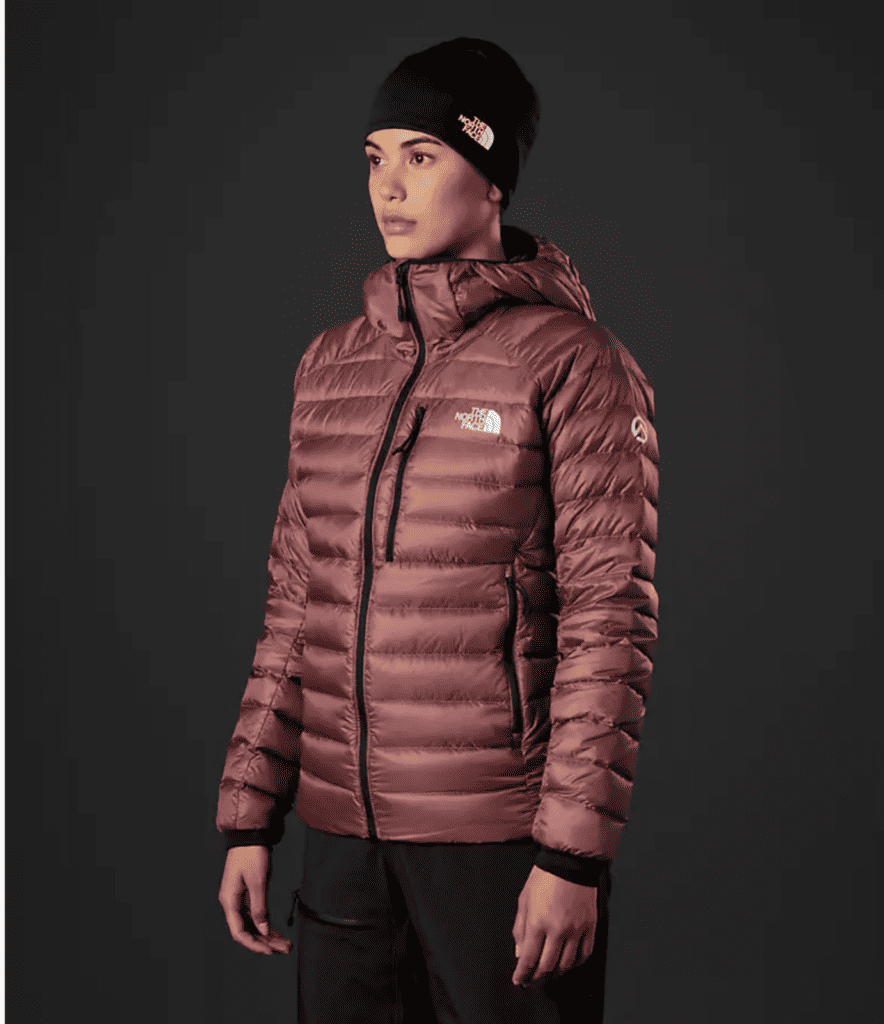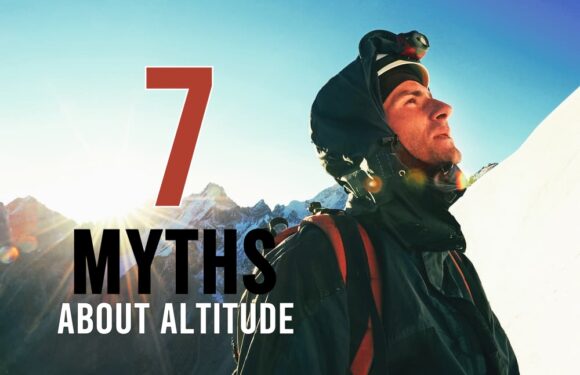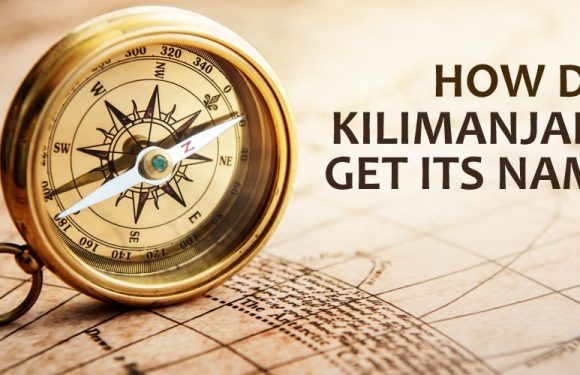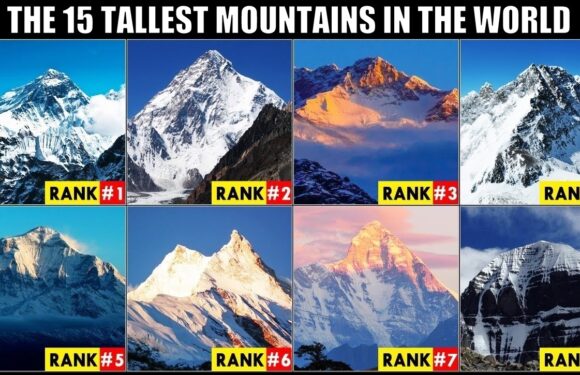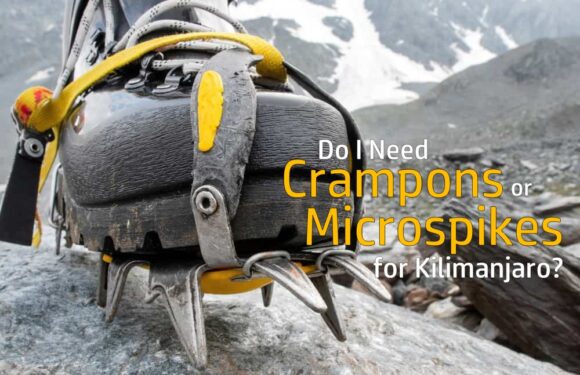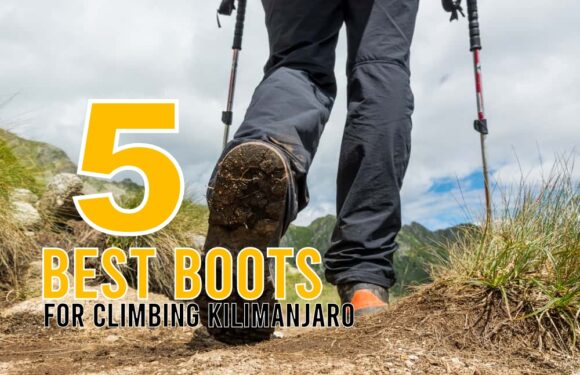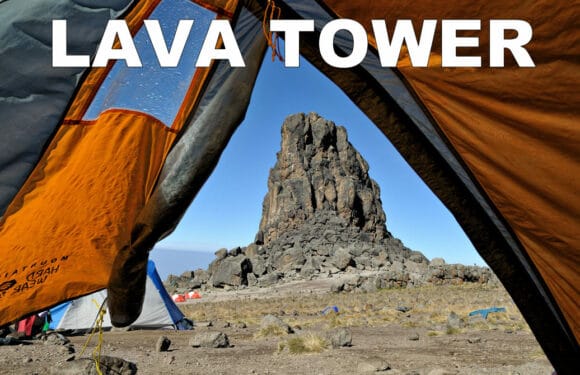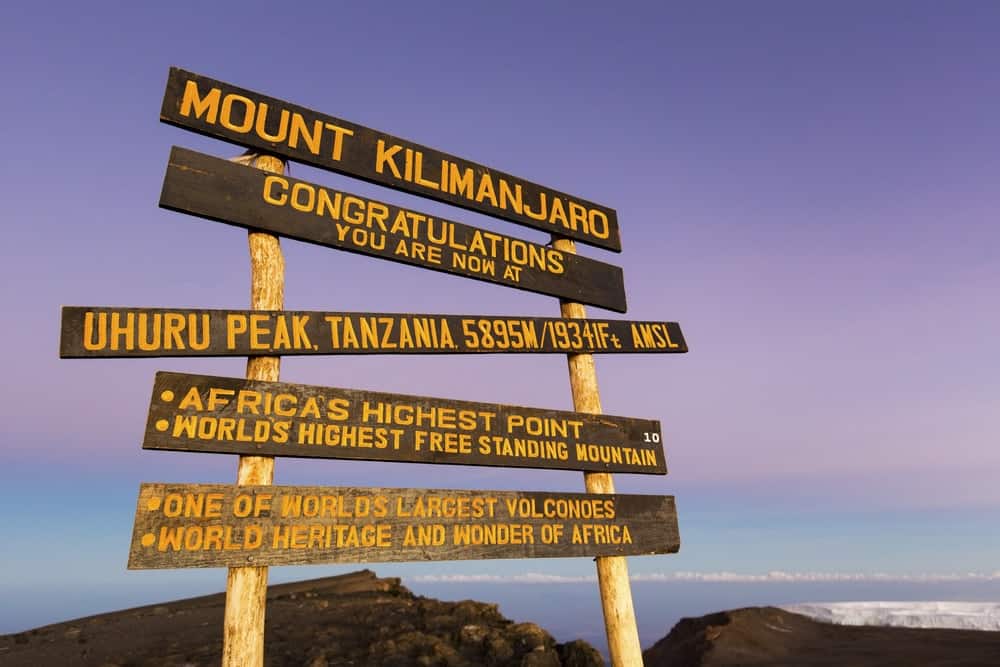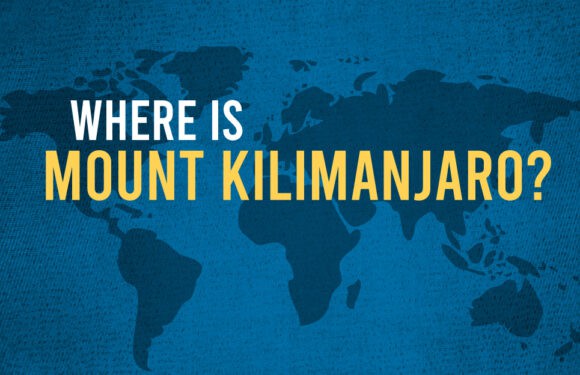If you’re planning to climb Kilimanjaro, then you should know that you need to have the proper gear for the high altitude adventure.

There are three types of jackets required to protect you from wind, rain and cold in the alpine environment. This article discusses exactly what these are and why you need them.
- Waterproof Jacket
- Insulated Jacket
- Soft Jacket
Waterproof Jacket (Rain Jacket, Hard Shell)
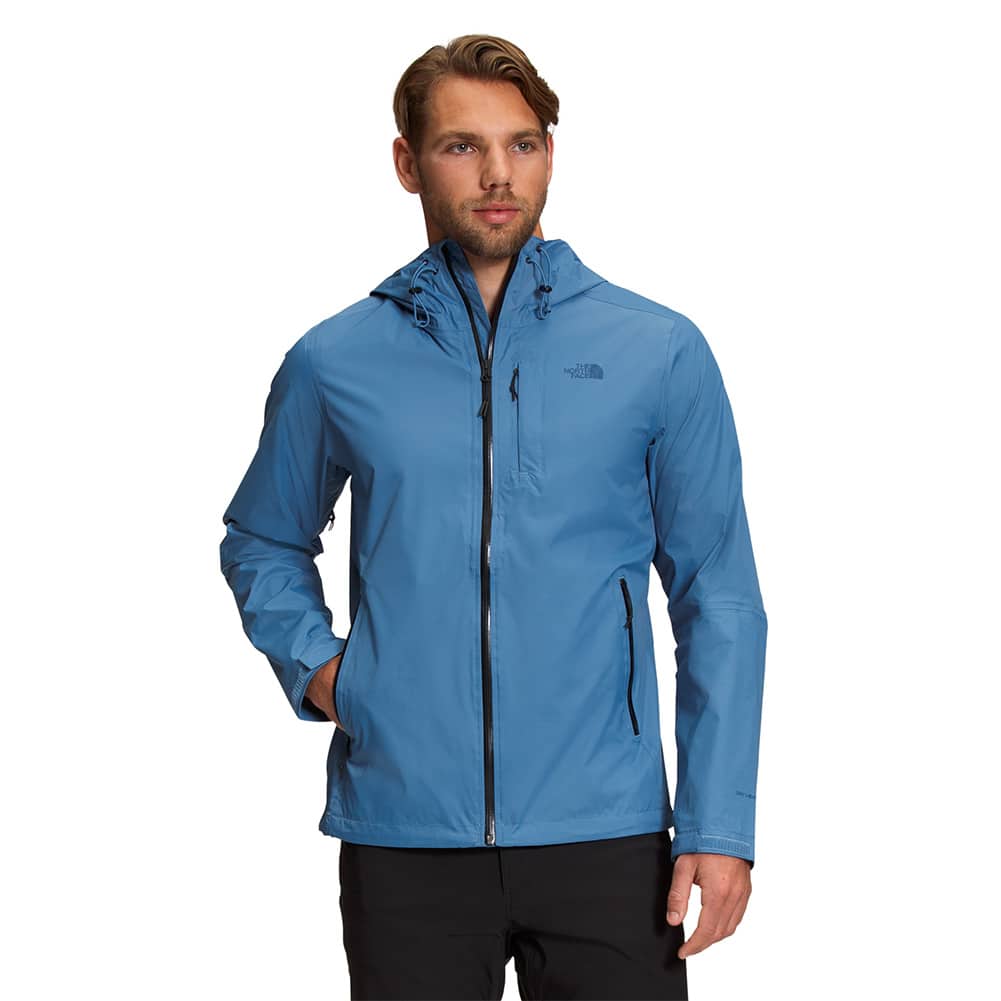
As the name states, a waterproof jacket functions by keeping water from reaching your body. A waterproof jacket is also known as a rain jacket or a hard shell.
On Mount Kilimanjaro, as with many mountains, the weather changes quickly. It can rain, hail, or snow at any time. A jacket that is merely water resistant is not enough. A 100% waterproof jacket is essential. Getting wet on a trail can cause big problems. At a minimum, it makes trekking uncomfortable. But it can also be very dangerous due to the risk of hypothermia.
You should carry your waterproof jacket at all times in your day pack.
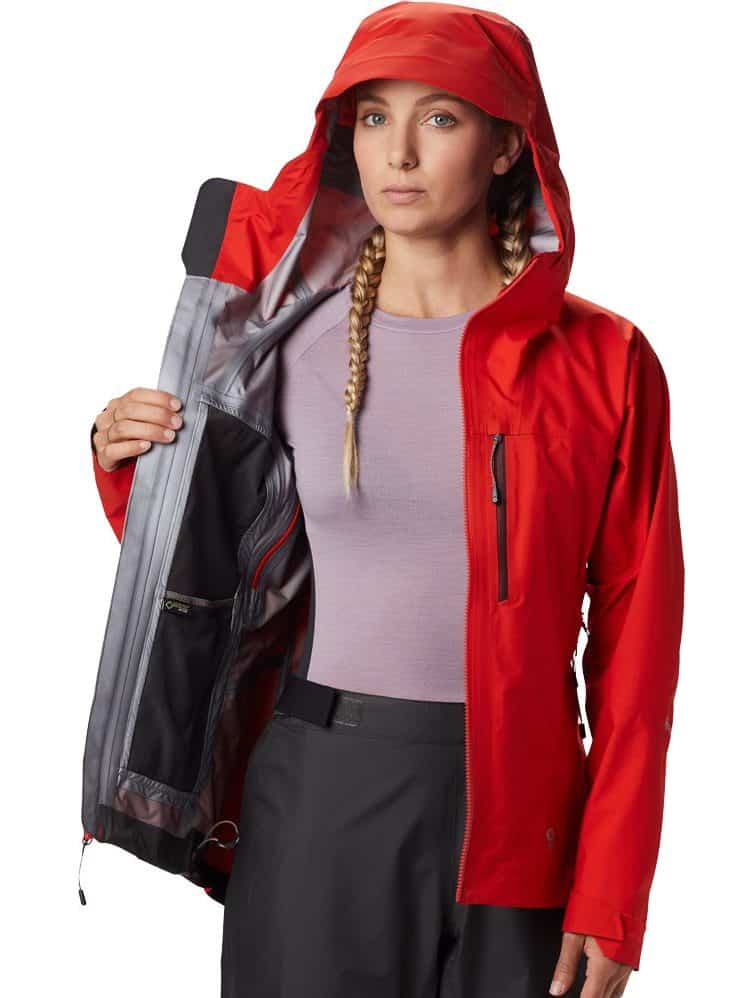
A quality waterproof jacket is breathable. Breathability is a measure of how quickly moisture vapor from your body is able to pass through the membrane from the inside to the outside of the jacket. This is a key feature in modern waterproof jackets because without it, it would trap so much heat that it would cause you to sweat (and get wet anyway). How it works is that the jacket’s membrane has small pores that stop water molecules from penetrating the jacket from the outside, but the same pores are still large enough that gas vapor can escape from the inside.
A rain jacket also serves as a windbreaker. So you could use this jacket on the trail if you encounter strong breezes, cooler weather or during a rest break. You will wear this jacket, in addition to the other jackets below, during the summit hike.
For more information on selecting a rain jacket, see What is the Best Rain Jacket for Climbing Kilimanjaro?.
Insulated Jacket (Down Jacket, Puffy/Puffer Jacket)
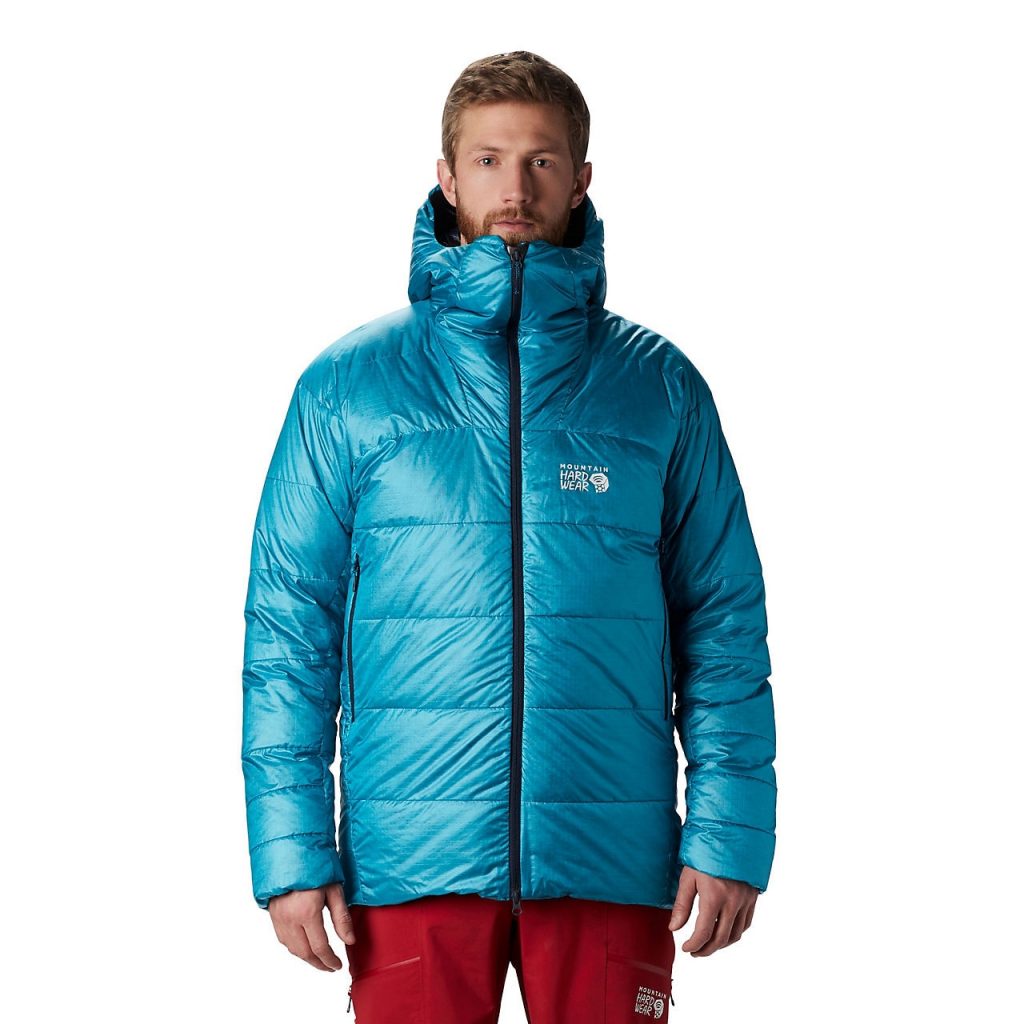
Now that you have protection from wind and precipitation, you need something to keep you warm. An insulated jacket holds your body heat in by trapping air against your body. Down jackets, synthetic down jackets, and puffy/puffer jackets are all types of insulated jackets.
An insulated jacket is made out of a substance that has a high warmth to weight ratio. Though many materials may be able to keep you warm, they are impractical from a backpacking perspective because they are too bulky, too heavy or too restrictive.
Down is the best insulating material. Most people are familiar with down feathers. They are often used for pillows and comforters. For camping gear, down is used for sleeping bags and jackets.
Down provides natural insulation for waterfowl like ducks, goose and swan – to keep them warm in wet environments. While standard, stiff feathers are found on the outside of these birds, down comes from the belly of the birds. It is light and fluffy and does not have quills.
There are also man-made materials created to mimic the insulating properties of down.
On Kilimanjaro, you will probably not wear your insulating jacket during the day as it is simply not cold enough to warrant it. So you don’t need to carry it in your daypack; pack it in your duffel. However, you might want to wear it at night, during the chilly evenings , either just hanging around camp or even possibly while you sleep. You will definitely need your down jacket on the night time summit attempt, either as you hike or just during rest breaks.
For more information on choosing an insulated jacket, see What is the Best Down Jacket for Climbing Kilimanjaro?.
Soft Jacket (Fleece, Soft Shell Jacket)
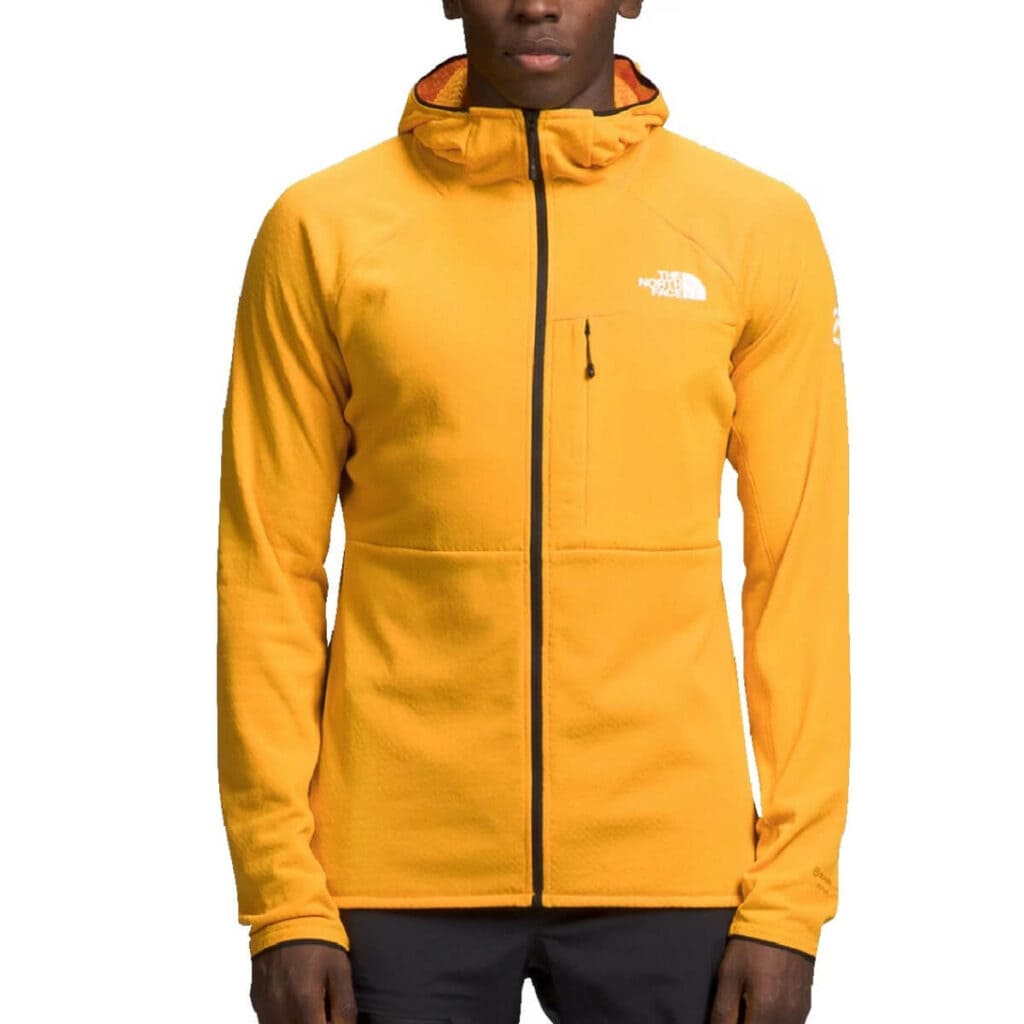
We have covered water protection and cold protection. But we need one more jacket for everyday use on the trail for mildly cool temperatures. The purpose of the soft jacket is to provide a little warmth, a little weather protection and a little ventilation. In other words, it allows you to stay warm while being active, without overheating.
The soft jacket is a generic term we use to include fleece jackets and soft shells. Both jackets are made of soft, stretchy materials. But there is a difference between the two.
Soft shells are made to repel wind and light precipitation whereas fleece jackets generally are not. On the flipside, fleece jackets typically have more insulation.
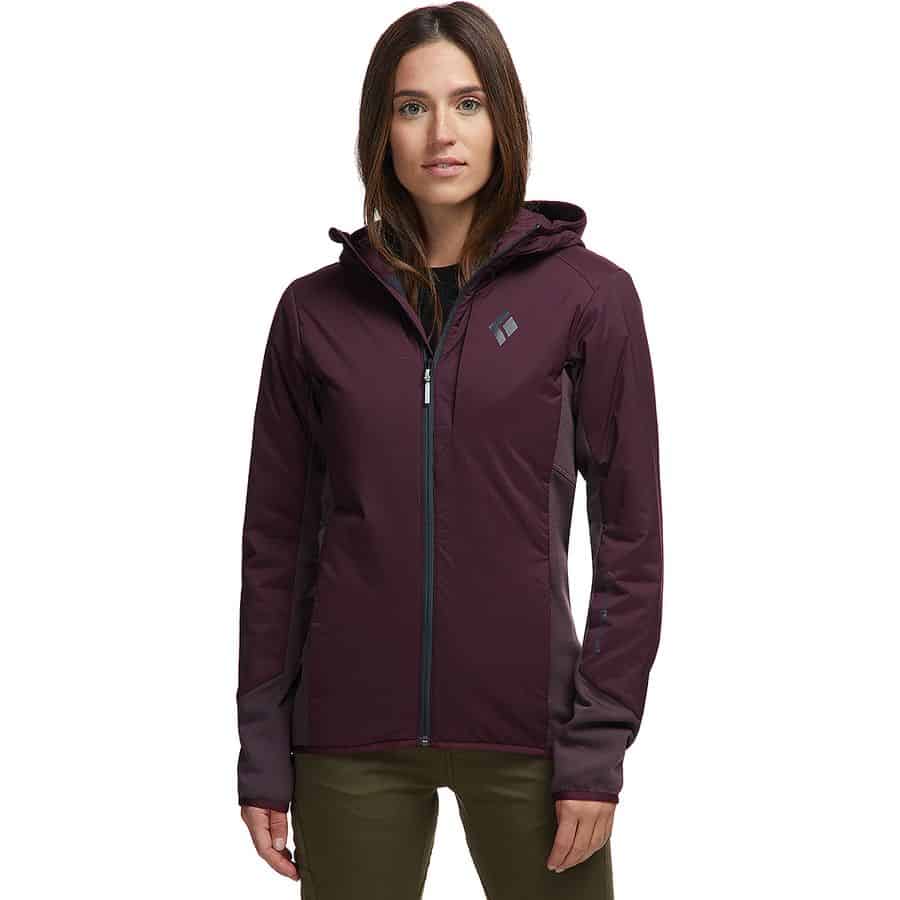
Many manufacturers make products that are hybrids between the two types of jackets. So the difference between soft shells and fleece jackets is not so clear and some use the terms interchangeably.
Though either soft shells or fleece jackets will work on Mount Kilimanjaro, we definitely have a preference for the insulation of a fleece jacket over the weather protection of a soft shell. Since you already have a hard shell, which is completely wind- and waterproof, we find that having another jacket that is water resistant isn’t as functional as having another mid-insulating layer that can be used for cool temperatures.
For more details on finding the perfect fleece jacket, visit What is the Best Fleece Jacket for Climbing Kilimanjaro?.
__________
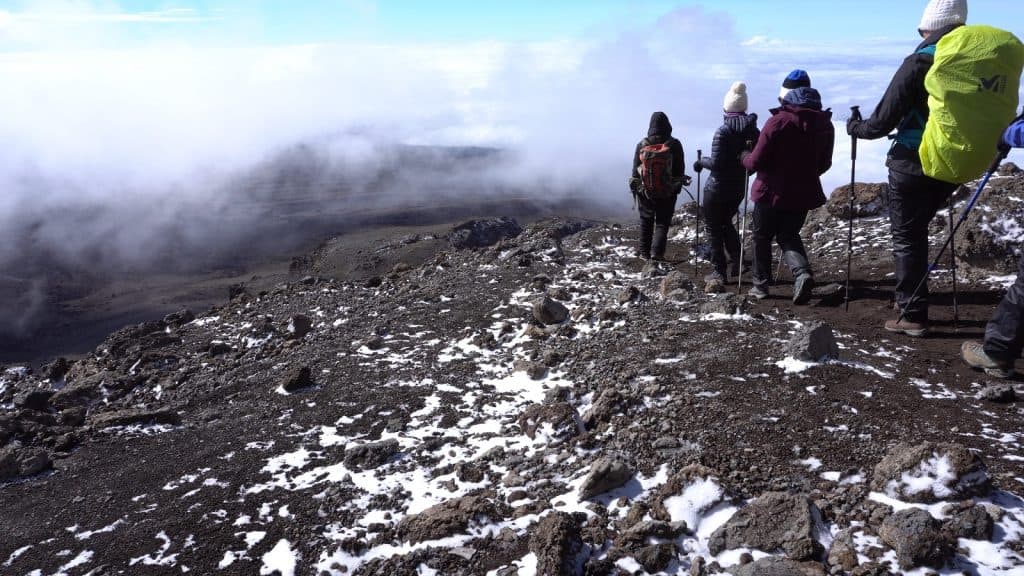
Together, these three types of jackets will keep you safe and comfortable despite the harsh mountain conditions of Kilimanjaro. Learn how to layer these items here.
You can find all your outdoor gear at these preferred retailers:



















































